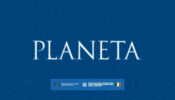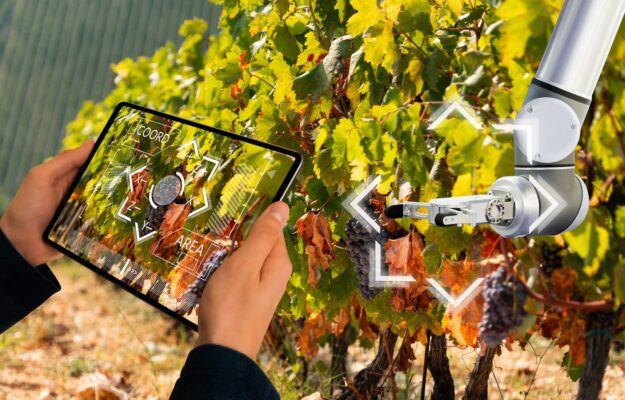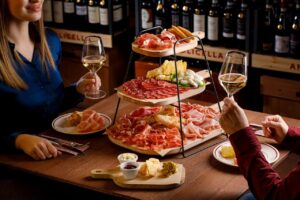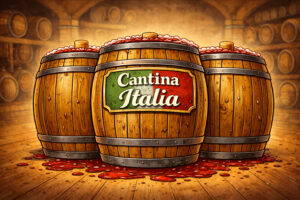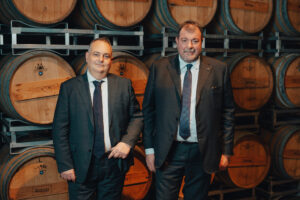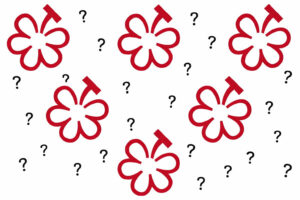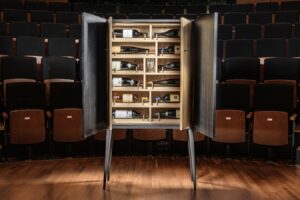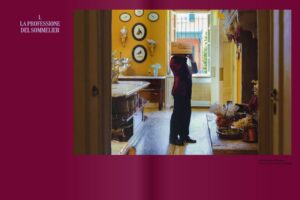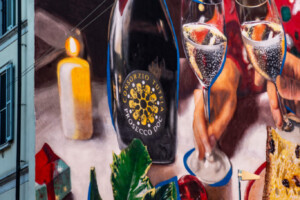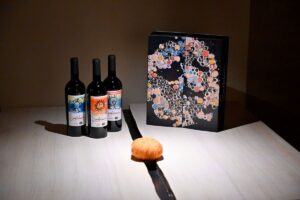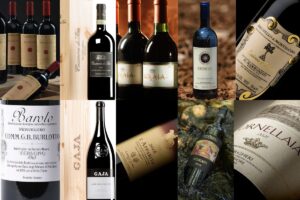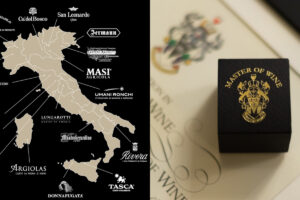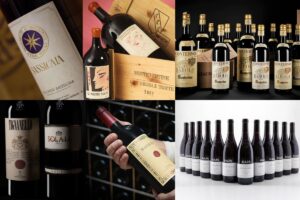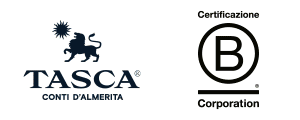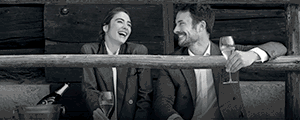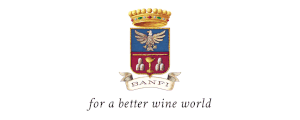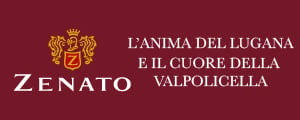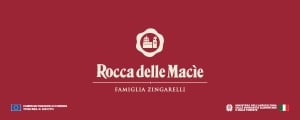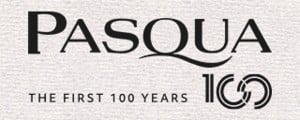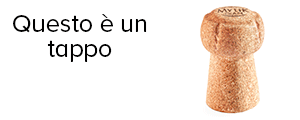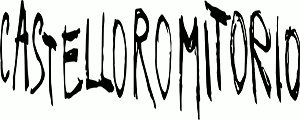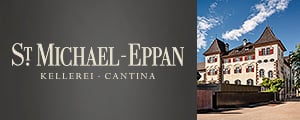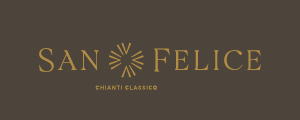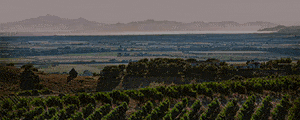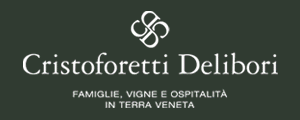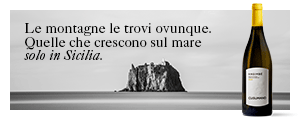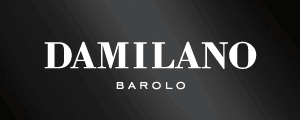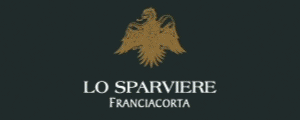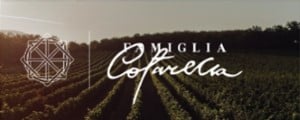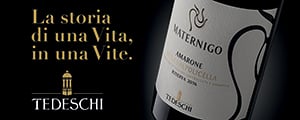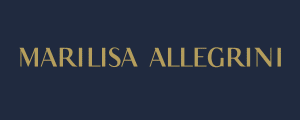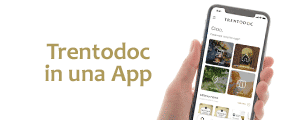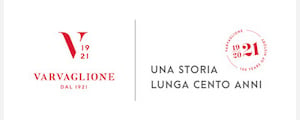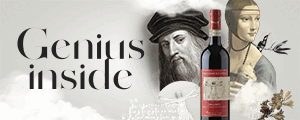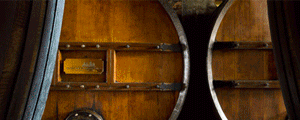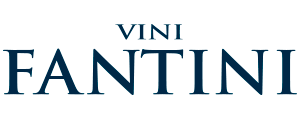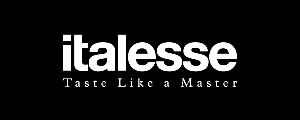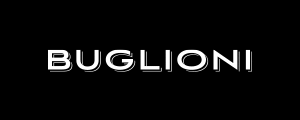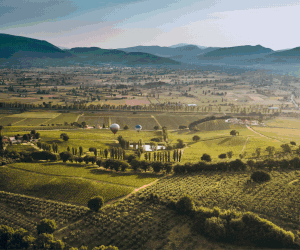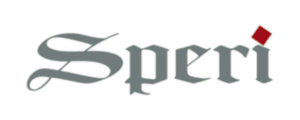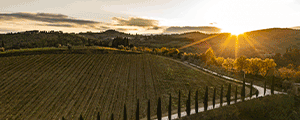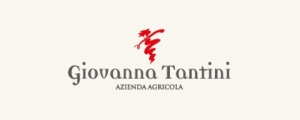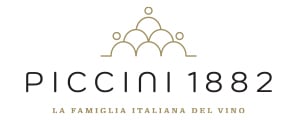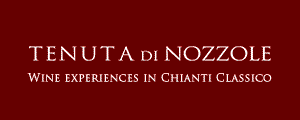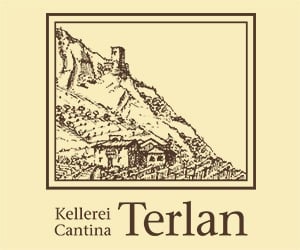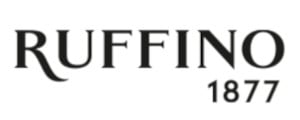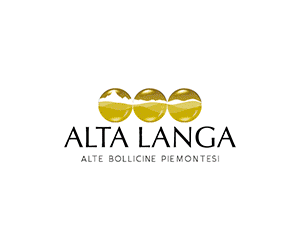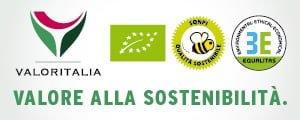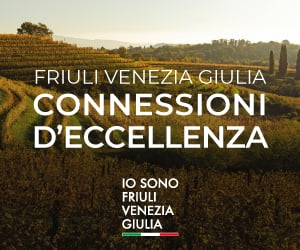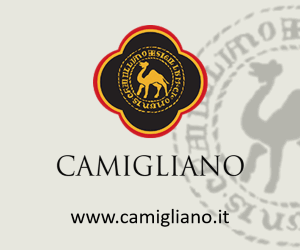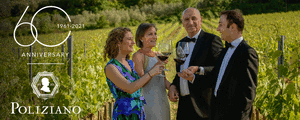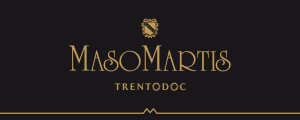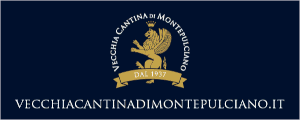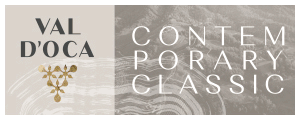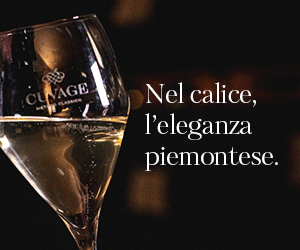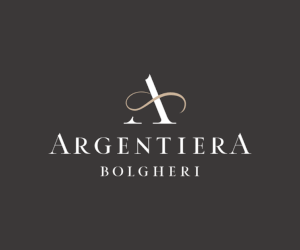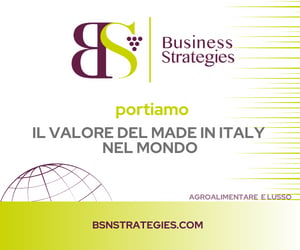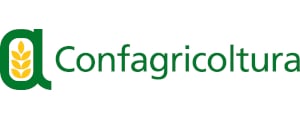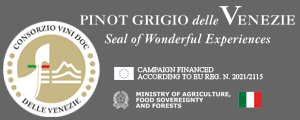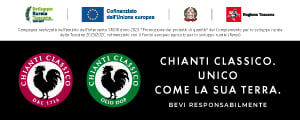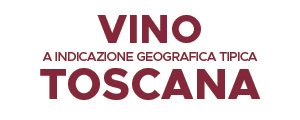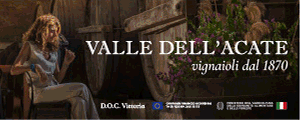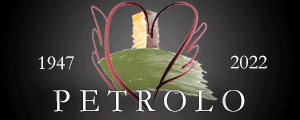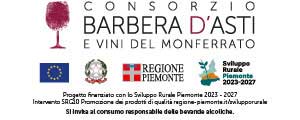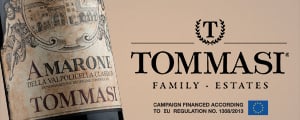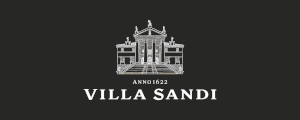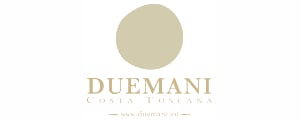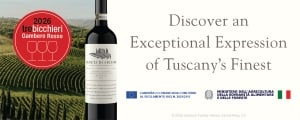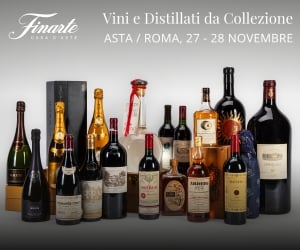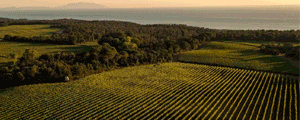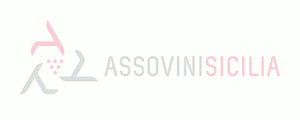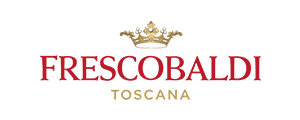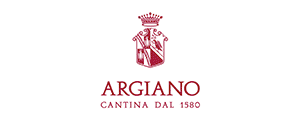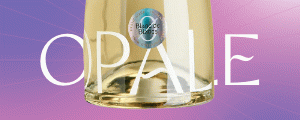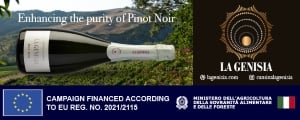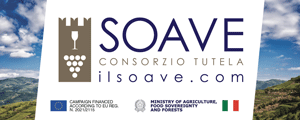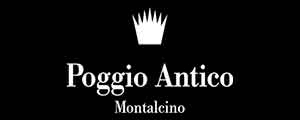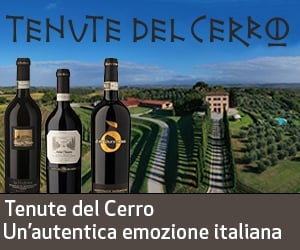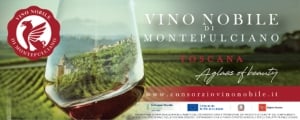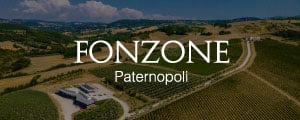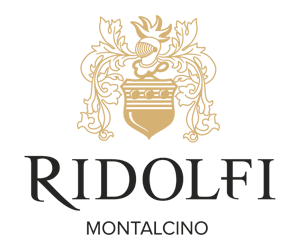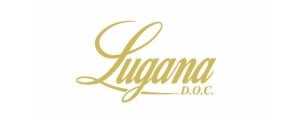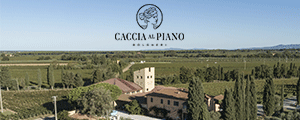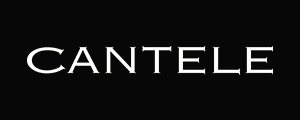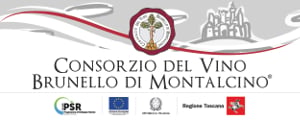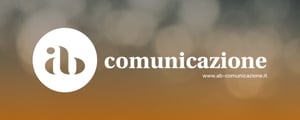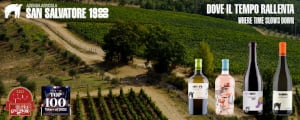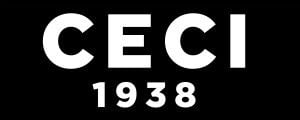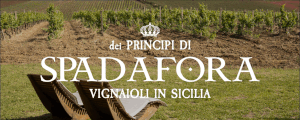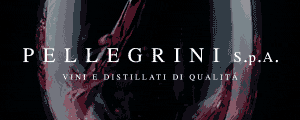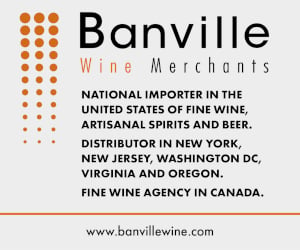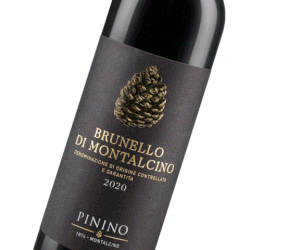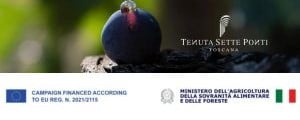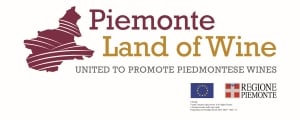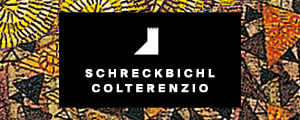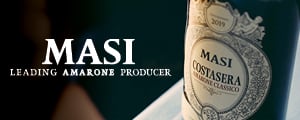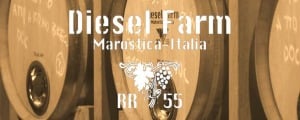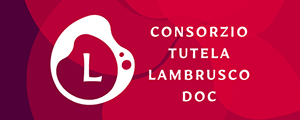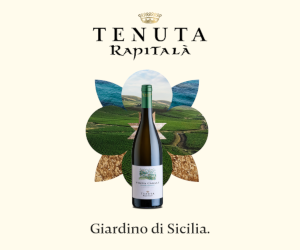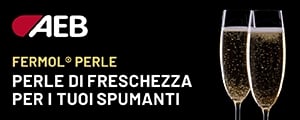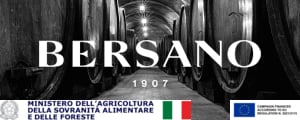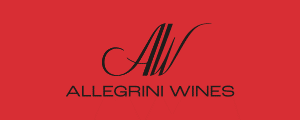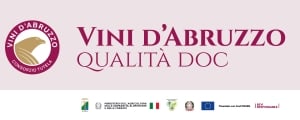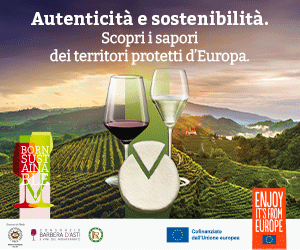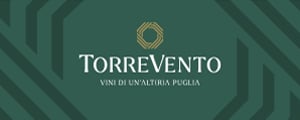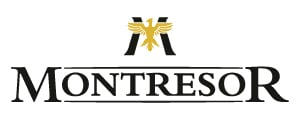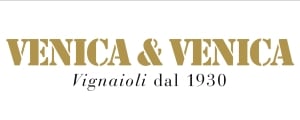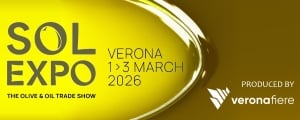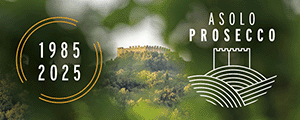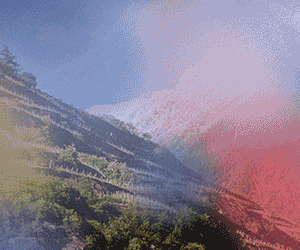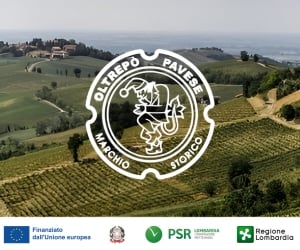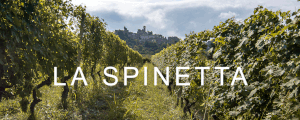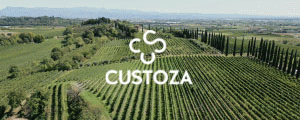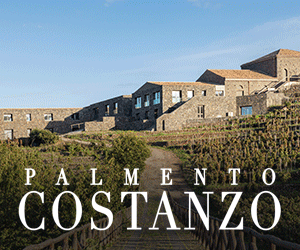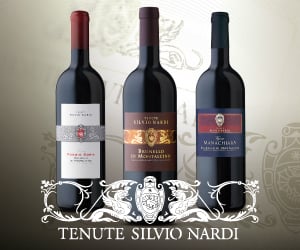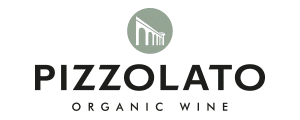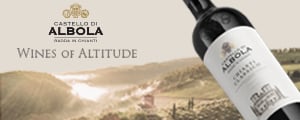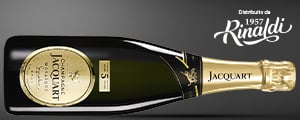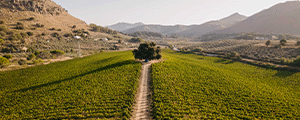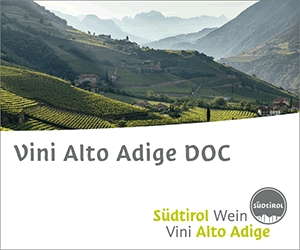For the moment, the implementation of technologies based on Artificial Intelligence (AI) is still little widespread in wine sector, but its future impact is unavoidable. The areas where companies begin to implement new tools are marketing and sales, but Ai is becoming popular also in vineyards and in winery operations. Interest has increased enormously in the last few years, and now artificial intelligence seems to be the code word of the decade. But, how can it be used in the production and sale of wine? To these questions, the first survey about Artifical Intelligence in Usa wine sector, launched in autumn 2024 by “The Wine Market Council” with “Wine Business Monthly”, and addressed to 266 companies, intends to reply. Meanwhile, also in Italy, it has great success: Svinando, Italian platform of online sale of food and wine products (controlled by Italian Wine Brands, first wine company shared on valori di Milano Stock Exchange), launched “Nando”, the first virtual assistant based on Artificial Intelligence, arisen to offer a personalized navigation and consultancy experience for its customers.
In the survey carried out in the Usa, one of the most demanding aspects has been the identification of the list of the technologies supported by Artificial Intelligence in wine sector. In order to do that, experts of the sector were contacted, and a preliminary list of 21 technologies of Artificial Intelligence was elaborated. Of these, 3 tools regard the vineyard operations, 5 the wineries, 8 marketing/sales and the company administration, and 5 the interaction with consumers. When it was asked participants to identify how much they were familiar with Ai, 22% replied to be very familiar with it; 41% said quite familiar; 28% slightly familiar, and 9% replied not to be familiar at all. And, it was also asked where they received information about Ai: the overpowering answer was by media with 67%, followed by experts on social media with 33%. More than a quarter of interviewed affirmed to have heard about it by work colleagues (28%), and 27% by application suppliers. Others heard about it by technical magazines (26%), by attending specific seminars (18%), or training course (8%).
Regarding Artificial Intelligence implemented in the operations in vineyards, less than 15% of consulted companies make use of it. Only 9% implement sensors, 3% robots, and 15% adopt drones or other technologies of air overflight. Of them, 34% referred to have increased operational effectiveness remarkably or moderately in terms of time saving, speed, and yields. 24% referred to have got cost savings, particularly manpower costs, and 26% declared to have improved the quality of grapes thanks to the data supplied by Artificial Intelligence to help manage vineyards.
The greatest vineyards (over 50 acres) have major probability to implement Ai for areal images of overflight, and simply because greatest vineyards are more difficult, or more expensive to analyze with traditional methods. The same is worth for vineyard sensors. Is the glass half full or half empty? It is certainly evident that a significant number of wine companies indicated that these applications have an impact on operations, and on efficiency. The downside is that it is still to early, as demonstrated by a great number of interviewed who indicated that the applications for vineyards supported by Artificial Intelligence had a minimal or null impact on operational efficiency (66%), on cost savings (76%), or on the improvement of grapes quality (74%). Part of it could be due to the innovation of technology, and to its implementation in a wide range of applications; the more limited and restricted the use, the more effective it is according to users. Actually, Artificial Intelligence is more evolutionary than revolutionary for vine growers: the most direct way in which viticulture can be changed is by allowing improved decision processes when it comes to when, how much, and how to irrigate, fertilize, or curate illnesses.
Let’s analyze the implementation of Artificial Intelligence in the winery operations: up to today, the most used technology is the optical selector with 9% of affirmative answers; followed by products of Artificial Intelligence to analyze wine components with 7%. Only 4% of interviewed currently implements systems of Artificial Intelligence to monitor fermentation, as well as to monitor supplies and wine production, and notify when articles or inputs are low. However, 1% declared to currently use robots for wine operations.
In terms of results, interviewed were more positive than the managers of vineyards in signaling a remarkable or moderate improvement thanks to technology implementation. Among who declared not to have done it, 48% noticed improvements in operational efficiency, 35% affirmed that there was an increase in cost savings (for example, manpower), and a surprising 49% identified an increase in wine quality thanks to data supplied by Artificial Intelligence. Many activities in the winery and on the bottling lines are already automatized, particularly, in bigger wine companies, independently from the fact that Ai or automatic learning are implemented by themselves. There are tens of consolidated software products for wine production collecting data. In the meanwhile, startups are automatizing and expanding data collection from fermentation tanks by applying automatic learning to better understand what is happening in terms of fermentation. Therefore, it could not be surprising that there is a current perception that Ai is implemented in the winery more than in the vineyard.
Let’s pass to the implementation of Artificial Intelligence in marketing, sales and wine administration sectors: here, almost 40% of the sample declared to implement Artificial Intelligence. The most common tool is ChatGPT, or similar softwares to assist in marketing (39%), followed by ChatGPT (or similar) to assist in office applications. Linguistic translation arrived to 24%. Other uses include Ai image generator to create logos or other (20%), followed by the use of Artificial Intelligence for the analysis of contents (13%), and for social media management (12%). A lower number of wine companies implements Ai tools for finance/strategy (8%), and for sales analysis (7%). For those people who supplied positive results in a moderate or high measure, 35% identified an increase in operational efficiency in terms of speed, 21% affirmed to got cost savings with reduced manpower costs, and 43% signaled an increase in quality.
In the end, from the survey, it emerges that, up to day, very few Usa companies implement Artificial Intelligence to assist consumers in the choice of wine with less than 10% of interviewed: the two most appreciated tools linked to consumers were Artificial Intelligence to manage the navigation on the website and e-commerce with 8% together with apps to assist consumers in wine choice, always with 8%. The implementation of chatbot on website was slightly lower (to help consumers to select wine, or to solve service problems) with 7%. The implementation of an Ai application for sommeliers was signaled by only 4% of the sample, followed by virtual phone assistants with 3%.
Svinando is the first Italian player of e-commerce in the world of wine to propose a solution of this level: thanks to an advanced motor based on Ai technology, “Nando” is capable of guiding users on wide themes, from the characteristics of products on the catalog to pairings, to consumption occasions, to shopping budget. It is a real expert guide, capable of understanding and anticipating the needs of the consumer by offering personalized tips with precision and reliability. This innovation arises in reply to feedbacks that Svinando received by its customers who often feel disorientated in front of a so wide offer of labels (Svinando has a catalog of over 4,000 references between wines, spirits, beers, and grocery), and who demonstrated to enjoy the tip by an expert to have answers about many themes linked to wine.
Copyright © 2000/2025
Contatti: info@winenews.it
Seguici anche su Twitter: @WineNewsIt
Seguici anche su Facebook: @winenewsit
Questo articolo è tratto dall'archivio di WineNews - Tutti i diritti riservati - Copyright © 2000/2025

